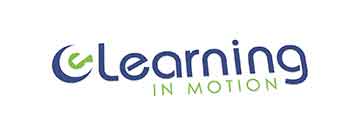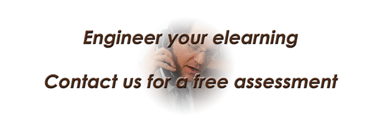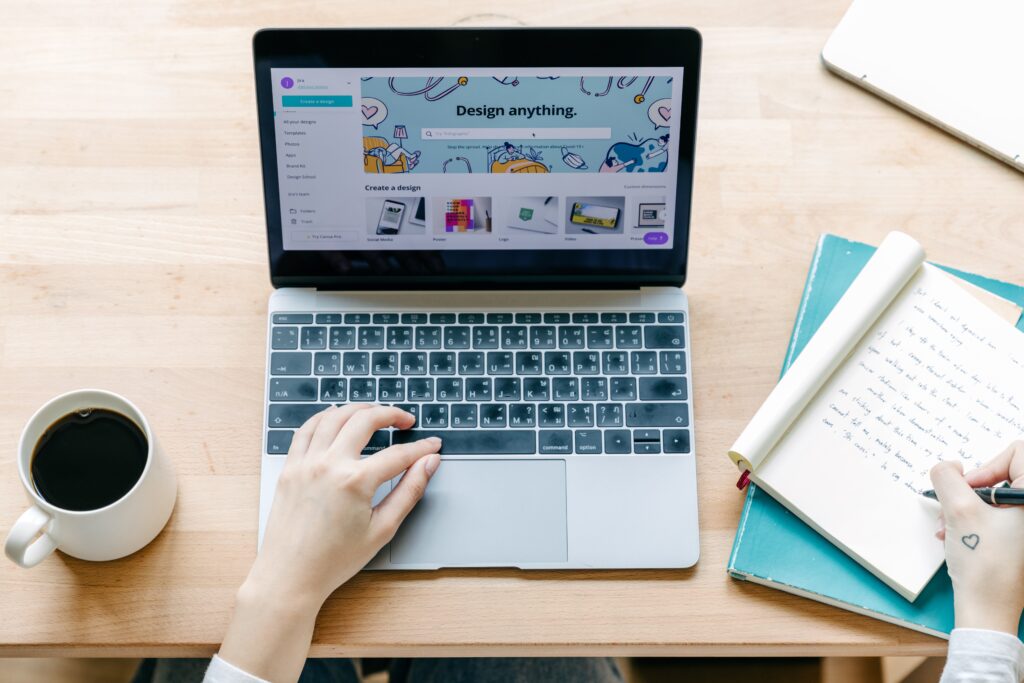While I was an instructional designer for a medical program, I saw some faculty considering the use of social media for engaging activities that could complement the curriculum. Since we had a hybrid program with an eLearning component, it was just natural that social media platforms could enter the picture as tools for designing engaging eLearning activities. It is undeniable that the use of social media in medical education is an ever-growing field and has the potential to revolutionize the way students learn and connect with one another (at least we expect that).
Table of Contents
- Which Social Media Platform Should You Use for eLearning Medical Education?
- Some Examples of Social Media for eLearning Medical Education
- Other Technology Tools for eLearning in Medical Education
- Other Uses of Social Media that Benefits Medicine Students
- Benefits and Drawbacks of Using Social Media for eLearning Medical Education
- Summary
Social media platforms provide an accessible and engaging way to share knowledge, collaborate with peers, and communicate with experts in the field. In this post, I want to explore some ideas of mine on how to use social media platforms for the medical education curriculum, and I am also providing some examples for your consideration.
Which Social Media Platform Should You Use for eLearning Medical Education?
Selecting the correct social media platform for your course depends a lot on your course goals and objectives. I would recommend you consult with an instructional designer about how to build engaging activities in these platforms. I talked about creating engaging activities for eLearning in another post. Social Media is a medium that gives some control over features such as privacy and security but be mindful that even with these padlocks, there is always the possibility of stolen data or hacking, I would recommend not publishing personal data or any data that could compromise your data and that of your students.
Not all social media platforms can be adequate for medical education, especially for eLearning. It depends a lot on your course goals and objectives. You should consult with an instructional designer but I can tell you that I would not recommend some platforms, for example, Tik Tok. This platform lets you create short videos that you can share. Even though you may use it for presenting a subject or a topic, there is just not enough time to make it into one video. For this, YouTube would work better. Plus, there is no way to create a close community inside Tik Tok, Facebook would work better for that.
Some Examples of Social Media for eLearning Medical Education
You can provide a platform for knowledge sharing and collaboration, with the goal of creating a community that shares ideas and knowledge. Platforms such as Twitter and LinkedIn can be used to share research papers, case studies, and other educational materials. This can be especially helpful for students who are studying remotely or who do not have access to traditional classroom resources. By sharing resources online, students can learn from each other and build a community of support. In this case, you need to establish rules for posting sensitive materials, especially if they contain patient data that might be considered private.
You can use social media to connect students with experts in the field. Many medical professionals use social media platforms to share their knowledge and expertise with others and are often willing to answer questions or provide guidance to students. For example, the #MedTwitter community on Twitter is made up of medical professionals who use the platform to share their knowledge and connect with others in the field. Students can use this community to ask questions, get feedback on their work, and learn from experienced professionals.
Social media platforms can also be used to facilitate discussion and debate around important medical issues. For example, the #FOAMed (Free Open Access Medical Education) community on Twitter is dedicated to discussing and sharing open access medical education resources. This community provides a platform for students and professionals to discuss important issues in the field, share their own experiences, and learn from one another. By participating in these discussions, students can gain a deeper understanding of the challenges facing the medical profession and develop the critical thinking skills necessary to become successful medical professionals.
Other Technology Tools for eLearning in Medical Education
In addition to these broader uses of social media in medical education, there are also a number of specific platforms and tools that can be used to enhance learning in specific areas of medicine. For example, the Figure 1 app is a social media platform specifically designed for medical professionals. The app allows users to share clinical images and case studies with one another and provides a platform for discussion and collaboration around these cases. By using the app, students can learn from real-world cases and gain a deeper understanding of the challenges facing medical professionals in their field.
Similarly, the SketchyMedical platform uses social media-style illustrations to help students learn complex medical concepts. The platform provides visual mnemonics and illustrations for a wide range of medical topics, making it easier for students to remember key concepts and understand complex ideas. By using these tools, students can supplement their traditional classroom learning with engaging and interactive resources that are designed to enhance their understanding of complex medical concepts.
Other Uses of Social Media that Benefits Medicine Students
Finally, social media platforms can also be used to connect students with job opportunities and internships in the medical field. Many employers and recruiters use social media platforms such as LinkedIn to identify potential job candidates, and students who are active on these platforms can use them to connect with potential employers and learn about job openings in their field. This can be especially helpful for students who are nearing graduation and are looking to begin their careers in the medical profession.
Students looking for research positions can benefit from social media platforms through the creation of research portfolios that they can showcase when applying. For example, Research Gate is a social community built around researchers, professors and graduate students. This platform allows the posting of theses, papers, and materials that other can consult. The platform has a score that gives an idea how active in research the member is, it offers analytics on consultations and views. Finally, this platform has a job board where an applicant can start the process of application or they are directed to a page (usually the company that posted the job has a proprietary system) to complete the application process.
Benefits and Drawbacks of Using Social Media for eLearning Medical Education
As you see, social media platforms have the potential to revolutionize the way that medical education is delivered and consumed, especially if you are using an eLearning component for the curriculum. By providing a platform for knowledge sharing, collaboration, and discussion, social media platforms can help students to connect with one another and with experts in the field, learn from real-world cases and examples, and develop the critical thinking skills necessary to become successful medical professionals. While there are certainly challenges associated with using social media in medical education, such as ensuring patient privacy and maintaining professional standards, the benefits of these platforms are clear. By embracing social media as a tool for medical education, students and professionals can stay up-to-date with the latest research and advancements in the field, connect with like-minded individuals, and build a network of support that will help them throughout their careers.
However, it is important to note that social media platforms should not be seen as a replacement for traditional classroom learning or as a way to deliver eLearning content, there are better tools for this. While these platforms can be a valuable tool for enhancing learning, they should be used in conjunction with other educational eLearning resources and materials. In addition, students and professionals should be aware of the potential risks associated with using social media in a professional context, such as breaches of patient privacy and inappropriate communication with colleagues or patients.
Summary
Overall, the use of social media platforms in medical education is an exciting development that has the potential to transform the way that students learn and connect with one another. By leveraging the power of these platforms, students can gain a deeper understanding of complex medical concepts, build a network of support and collaboration, and stay up-to-date with the latest research and advancements in their field. As the field of medicine continues to evolve and adapt to new technologies and trends, social media platforms will undoubtedly play an increasingly important role in the education and professional development of medical students and professionals, this includes the eLearning component that a medical curriculum may contain.
If you would like to receive notifications for new content or access to exclusive content, sign up to our mailing list using the form in this page. Please, share this post with others. Like this post. Leave a comment below. Thank you.


